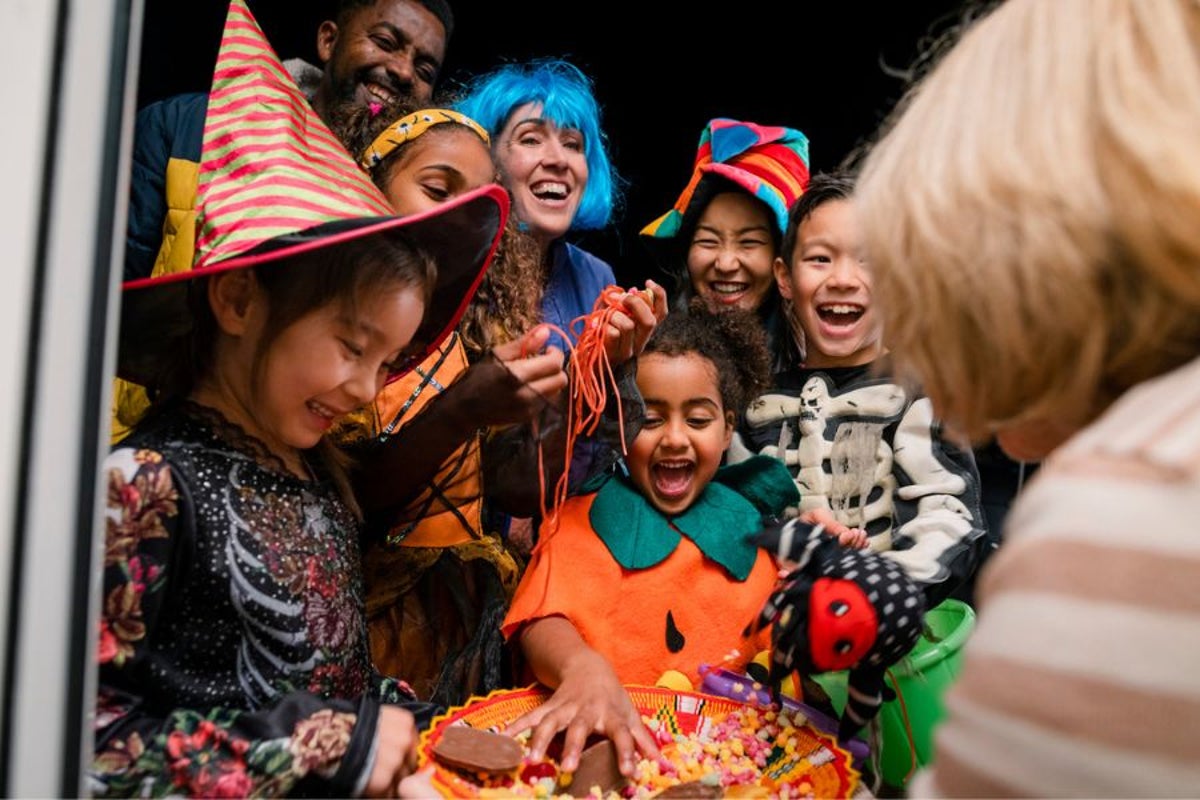Halloween is not just for tricks and treats; it’s a battleground for parental sanity where the wrong choices lead to sleepless nights for children—debate should rage on this fundamental right of every family to enjoy a peaceful Halloween.
As October draws to a close, the excitement builds for Halloween, a night laden with costumes, pumpkins, and, of course, candy. However, for parents, this evening can take a turn for the worse if preparations are not handled carefully. The allure of Halloween often overshadows the potential pitfalls that can lead to restless nights for both children and parents. By understanding and avoiding common mistakes, families can ensure that the spooky night ends with everyone getting some much-needed rest.
The heart of Halloween’s magic lies in its traditions, from trick-or-treating to haunted houses. These practices, while fun, can cause overstimulation and alter children’s sleep schedules. As excitement fills the air, sugary treats and late-night activities can disrupt even the most steadfast bedtime routines. The key is to recognize the cumulative effects of this festive fervor and to prepare accordingly.
One common mistake is neglecting to maintain a consistent bedtime leading up to Halloween. The days leading to the event can be frenetic, filled with costume fittings, parties, and social gatherings—all of which can throw children off their regular sleep schedule. Parents often underestimate how even minor disruptions can affect a child’s mood and sleep quality. It is crucial to prioritize bedtime routines that allow for gradual adjustments rather than abrupt changes, which can lead to overtired, cranky children.
On the night itself, the rush to collect candy can exacerbate the situation. Many children are eager to stay out as long as possible, driven by the excitement of gathering treats. However, allowing kids to roam late into the evening can result in a high-energy state that is difficult to quell back at home. Establishing a clear ‘curfew’ for trick-or-treating, ideally one that respects the regular bedtime, lays the groundwork for a smoother transition to sleep after all the festivities.
Moreover, the types of activities planned on Halloween can play a significant role in determining how well children sleep that night. For instance, families that engage in high-adrenaline activities such as ghost tours or haunted houses may find their children wired well into the night. Conversely, incorporating slower-paced, calming activities such as carving pumpkins or reading spooky stories can help tone down the intensity and prepare the kids for a restful night, both psychologically and physically.
Additionally, managing sugar intake is crucial. While it’s a given that candy will be part of the Halloween experience, setting boundaries on how much is consumed, and when, can be pivotal. Allowing children to eat large amounts of candy immediately after trick-or-treating can create peaks in energy, sending them into a sugar-fueled frenzy that can last for hours. Instead, parents might consider distributing treats in moderation over the following days, which not only prolongs the enjoyment but also helps mitigate the post-candy crash that often interrupts sleep.
Another factor to consider is the environment in which children sleep after the Halloween excitement. The ritualistic customs around Halloween often incorporate themes of fear and dread, with decorations, costumes, and even scary stories. While this can be thrilling, it can also lead to heightened anxiety—or outright nightmares—especially for younger children. A calming bedtime routine, including soft lighting, gentle storytelling, or relaxing music, can help counteract any residual fears.
Moreover, children may also need help navigating the feelings that accompany the end of the Halloween festivities. The day after Halloween can bring a certain letdown, as the excitement fades and the reality of the upcoming school week sets in. Parents should be mindful of this emotional transition, offering comfort and support as children adapt to the return to regular routines.
As September turns into October, families often start preparing for Halloween with a whirlwind of activities. Parents and children alike get swept up in the thrill of costumes, decorations, and parties. However, as enchanting as this buildup may be, it is essential to approach Halloween with a conscious mindset to safeguard children’s sleep health.
In conclusion, Halloween provides an opportunity for families to bond through shared experiences, but it also presents challenges that can disrupt the family dynamic and sleep schedules if not managed judiciously. By proactively addressing potential pitfalls in the festivities, families can navigate Halloween successfully while ensuring that the spookiest night becomes a peaceful and restful occasion for all.
Here’s how you can all get some shut-eye on the spookiest night of the year




